
Princess Margaret of Connaught was Crown Princess of Sweden as the first wife of the future King Gustaf VI Adolf. She was the elder daughter of Prince Arthur, Duke of Connaught, third son of Queen Victoria of the United Kingdom, and his wife Princess Louise Margaret of Prussia. Known in Sweden as Margareta, her marriage produced five children.
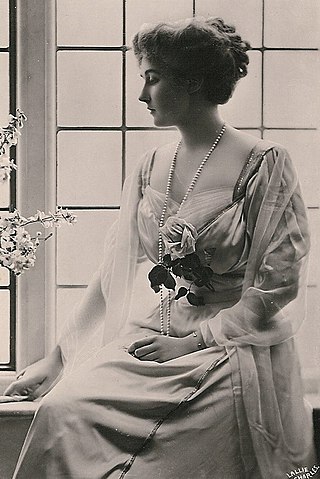
Lady Victoria Patricia Helena Elizabeth Ramsay was a granddaughter of Queen Victoria. Upon her marriage to Alexander Ramsay, she relinquished her title of a British princess and the style of Royal Highness. She was the third and youngest child and the second daughter of Prince Arthur, Duke of Connaught and Strathearn, and Princess Louise Margaret of Prussia. She was also the only one of her father's children to outlive him: her siblings, Margaret and Arthur, both died before their father.
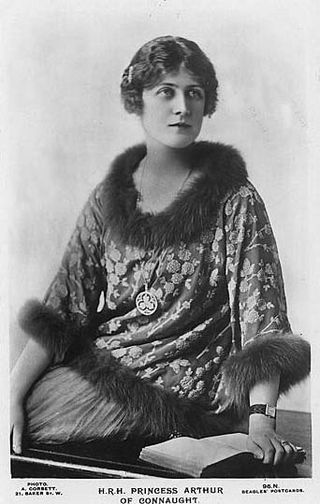
Princess Alexandra, 2nd Duchess of Fife, born Lady Alexandra Duff and known as Princess Arthur of Connaught after her marriage, was the eldest surviving grandchild of Edward VII and also the first cousin of Edward VIII and George VI. Alexandra and her younger sister, Maud, had the distinction of being the only female-line descendants of a British sovereign officially granted both the title of Princess and the style of Highness.

Princess Augusta of Cambridge was a member of the British royal family, a granddaughter of George III. She married into the Grand Ducal House of Mecklenburg-Strelitz and became Grand Duchess of Mecklenburg-Strelitz.
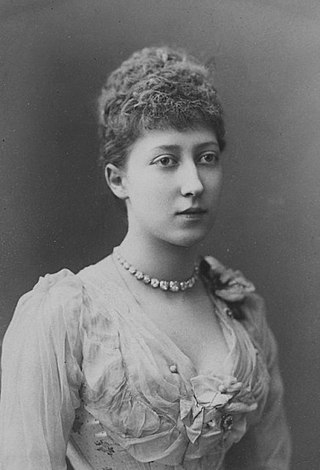
Louise, Princess Royal and Duchess of Fife was the third child and eldest daughter of King Edward VII and Queen Alexandra of the United Kingdom; she was a younger sister of King George V. Louise was given the title of Princess Royal in 1905. Known for her shy and quiet personality, Louise remained a low-key member of the royal family throughout her life.

The use of the title of Princess of the United Kingdom of Great Britain and Northern Ireland is entirely at the will of the sovereign, and is now expressed in letters patent. Individuals holding the title of princess will usually also be granted the style of Her Royal Highness (HRH). The current letters patent were issued in 1917 during World War I, with one extension in 2012.
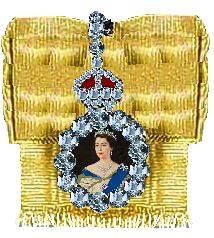
The Royal Family Order of Elizabeth II is an honour which was bestowed on female members of the British royal family by Queen Elizabeth II. The order is worn by recipients on formal occasions.
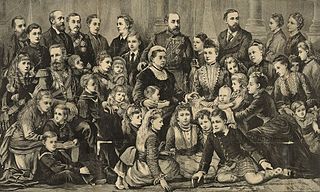
Queen Victoria, the British monarch from 1837 to 1901, and Prince Albert had 9 children, 42 grandchildren, and 87 great-grandchildren. Victoria was called the "grandmother of Europe".
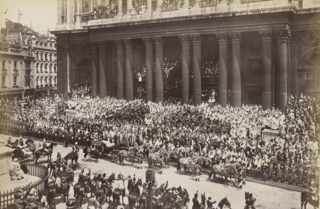
The Diamond Jubilee of Queen Victoria was officially celebrated on 22 June 1897 to mark the occasion of the 60th anniversary of Queen Victoria's accession on 20 June 1837. Queen Victoria was the first British monarch ever to celebrate a Diamond Jubilee.

On 6 July 1893, Prince George, Duke of York, and Princess Victoria Mary of Teck were married at the Chapel Royal, St. James's Palace, in London, England.

The wedding of Princess Elizabeth and Philip Mountbatten took place on Thursday 20 November 1947 at Westminster Abbey in London, United Kingdom. The bride was the elder daughter of King George VI and Queen Elizabeth as well as the heir presumptive to the British throne. Although Philip was born a prince of Greece and Denmark, he stopped using these foreign titles on his adoption of British nationality four months before the announcement of their marriage. On the morning of the wedding, he was made Duke of Edinburgh, Earl of Merioneth and Baron Greenwich.

The wedding of Frederik, Crown Prince of Denmark, and Mary Donaldson took place on 14 May 2004 in the Copenhagen Cathedral.

The coronation of George V and his wife, Mary, as king and queen of the United Kingdom and the British Dominions took place at Westminster Abbey, London, on Thursday 22 June 1911. This was the second of four such events held during the 20th century and the last to be attended by royal representatives of the great continental European empires.
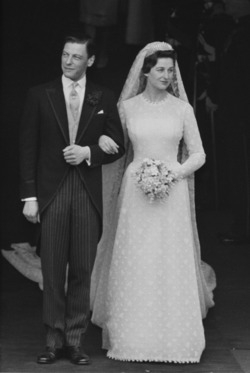
The wedding of Princess Alexandra of Kent and The Honourable Angus Ogilvy took place on Wednesday, 24 April 1963 at Westminster Abbey. Princess Alexandra was the only daughter and second child of Prince George, Duke of Kent, and Princess Marina of Greece and Denmark, while Ogilvy was the second son and fifth child of the 12th Earl of Airlie and Lady Alexandra Coke.

The wedding of Prince Henry, Duke of Gloucester, and Lady Alice Montagu Douglas Scott took place on Wednesday, 6 November 1935, in the private chapel at Buckingham Palace. A larger public ceremony had been planned for Westminster Abbey, but plans were scaled back after the bride's father, the 7th Duke of Buccleuch, died of cancer on 19 October.

The wedding of Prince George, Duke of Kent, and Princess Marina of Greece and Denmark took place on Thursday, 29 November 1934, at Westminster Abbey. The Duke of Kent was the fourth son of King George V and Queen Mary, while Princess Marina was the youngest daughter of Prince Nicholas of Greece and Denmark and Grand Duchess Elena Vladimirovna of Russia. The couple were second cousins through mutual descent from King Christian IX of Denmark.

The wedding of Carl XVI Gustaf, King of Sweden, and Silvia Sommerlath took place on Friday, 19 June 1976 at Storkyrkan. Carl XVI Gustaf had been king of Sweden since 1973 and Sommerlath was a German-born translator. The couple had met at the 1972 Summer Olympic Games in Munich and became engaged in 1976.

The wedding of Princess Patricia of Connaught and Commander The Honourable Alexander Ramsay took place on Thursday, 27 February 1919 at Westminster Abbey. Princess Patricia, a granddaughter of Queen Victoria, was a popular member of the British royal family, while Ramsay, third son of the 13th Earl of Dalhousie, was an officer in the Royal Navy.

The wedding of Frederik, Crown Prince of Denmark, and Princess Ingrid of Sweden took place on Friday, 24 May 1935 in Storkyrkan.



















